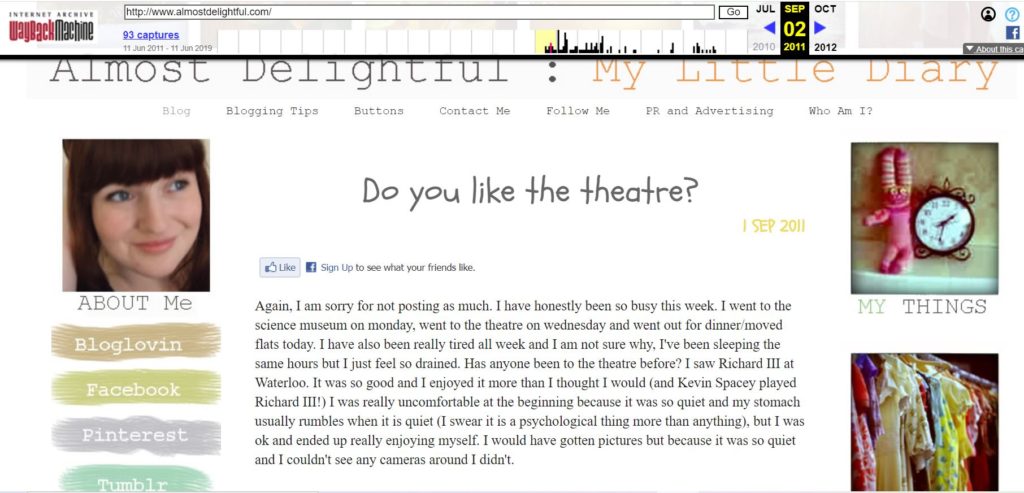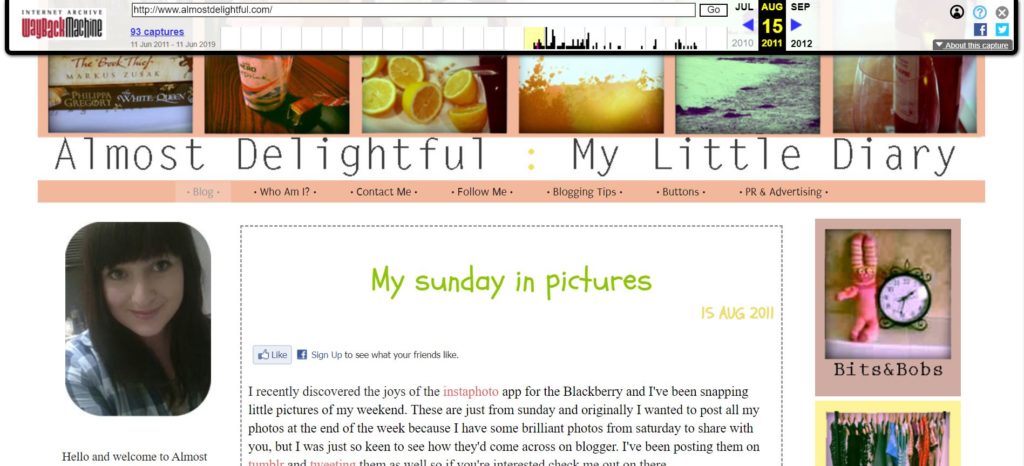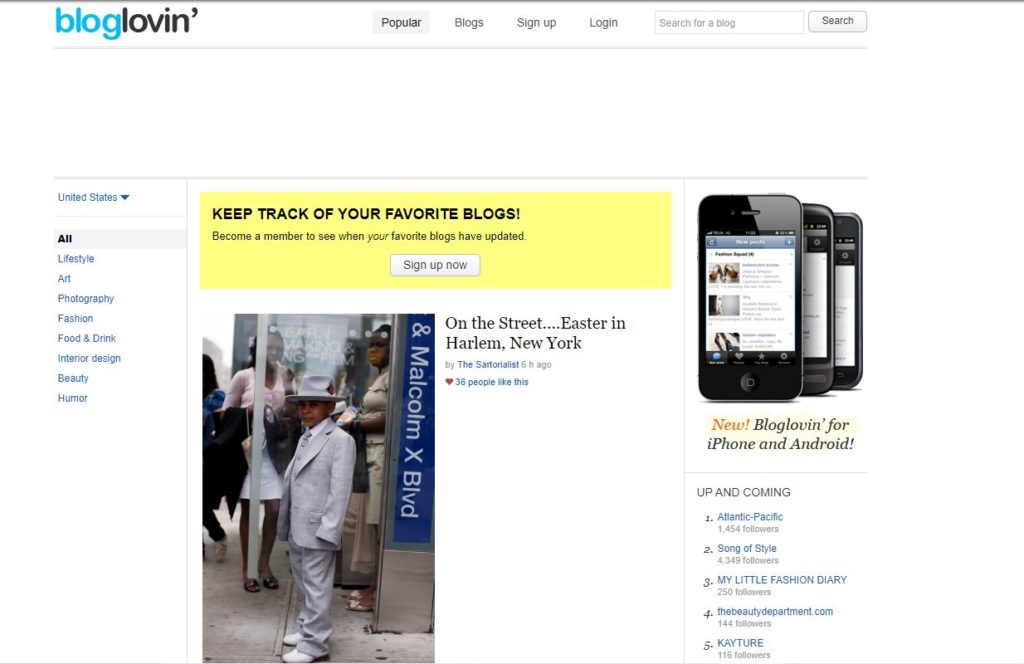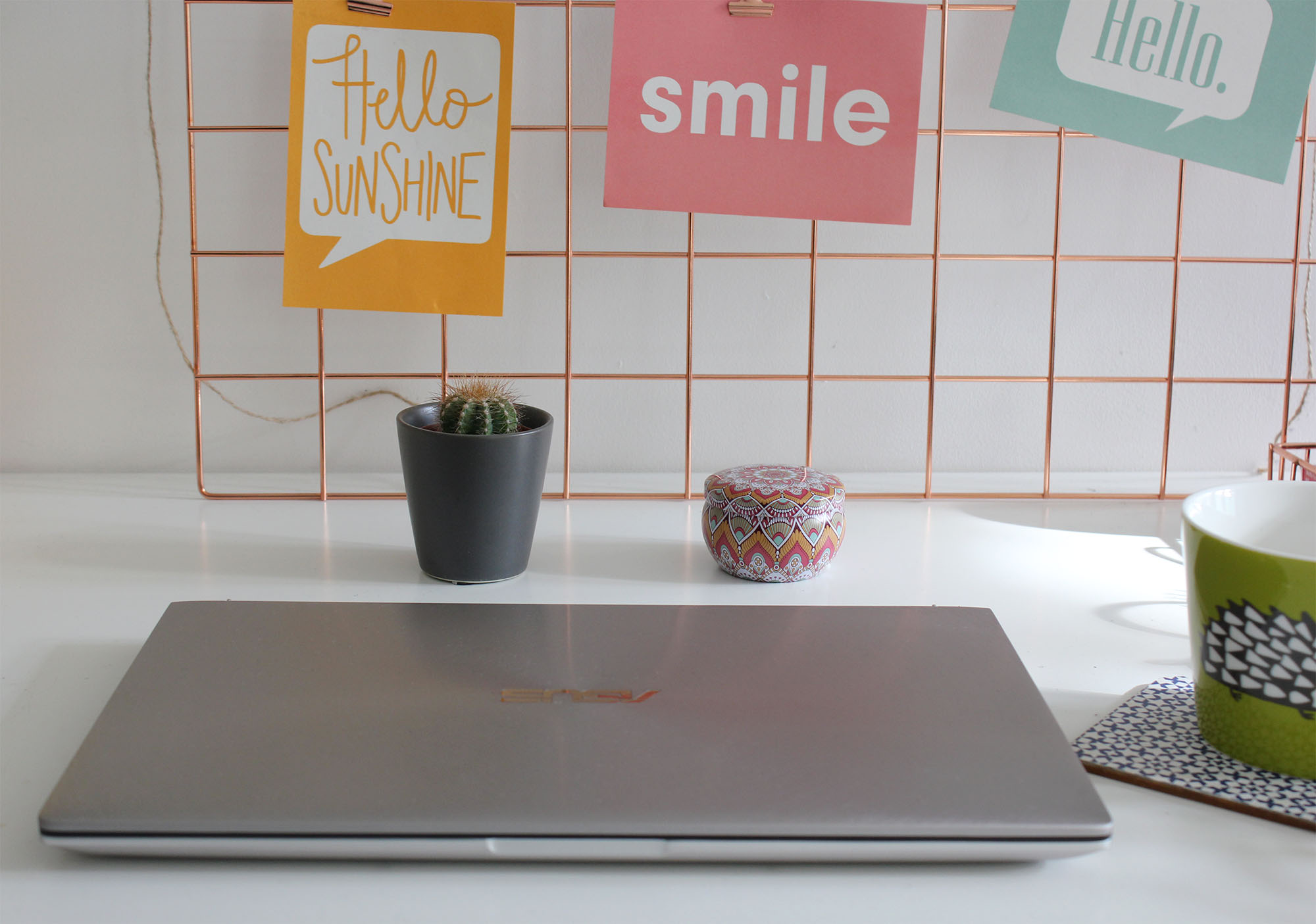If you look back through my blog’s archives, you could be forgiven into thinking I’m being disingenuous writing a post such as this. I only started this blog early 2019 as something to keep my mind occupied.
Being in lockdown has given me more time to work on my blog, and ideas are constantly whizzing around in my head. I actually got thinking the other night (inconveniently at 3am) about my old blog, and how it is much different blogging now.
I used to blog back in 2010 / 2011. I kept at it consistently for three years and since then have dipped back into it every now and then. So much has changed. Not necessarily for the worse, not necessarily for the better. Things are just different. I thought I’d make a light hearted and (hopefully) insightful post about it, especially since it marks a decade from when I started my first blog, so it feels significant in a way. If you have any observations about how blogging has changed since you started, I’d love to hear them so feel free to share them in the comment box too.
I’ll share what my blog used to look like too, although I gave up the hosting years ago (I kind of regret that).

Anyway, without further ado. These are the ways I think blogging has changed between 2010 and 2020 (to me, anyway).
How Personal Blogging Has Changed – 2010 vs 2020
- Nearly all personal blogs were created through Blogger
Back in 2010 no one used WordPress, and if they did it was the free WordPress.com version where you had to enter your details and log in every time you want to leave a comment. Honestly, everyone set up their blog through Google’s Blogger and started on the Minima Template and then upgraded to Simple once Minima became obsolete. Everyone had that Google Friend Connect widget in one sidebar and a blogroll in the other.
The only blogs that were hosted on WordPress were those owned by tech bloggers or connected with big business. All lifestyle / personal / fashion and beauty bloggers were on Blogger. I feel like that changed around 2014 or so, when you started seeing the more well known blogs move onto WordPress and it became the norm to click on a link and land on a self-hosted blog. Everyone suddenly became more familiar with the WordPress aesthetic and templates, and nowadays I’d wager most blogs are self hosted on WordPress.
2. Everything was designed for desktop
Browsing the internet from a smartphone still wasn’t really the thing in 2010. As a consequence, most blogs were designed for desktop. Mobile design was not even factored in, and sideways scrolling was basically a given if you ever visited a blog, or you’d resize a site by pinching the screen with your forefinger and thumb. If you were ever to buy a blog theme, you wouldn’t think of making sure it was responsive, it was just thought of as a “nice to have” feature. It’s evolved since then, firstly by blog templates scaling to the device, and then to fully responsive.
Nowadays you’d never consider buying a theme if it wasn’t responsive. Google would penalise you for that, and it just doesn’t look great.

3. Blog design has evolved
In 2010 you were limited when it came to blog design. Most bloggers had something similar to the above, with the two sidebars either side of the main content. Or one sidebar and one content area. The main form of expression came from the use of colour or graphics. I’d spend hours in Photoshop creating little flowers for my new header. Everyone had loads of little nic nacs in their sidebars too. I had a little stickman gif in mine. Designing a site for speed was not a priority, clearly.
Now we can display our posts in a masonry grid or list format, have fixed widgets and sliders. Things have definitely evolved in the way we attract readers and keep their attention on our page.
3. Content has evolved
Back in 2010 lifestyle blogging used to be the thing. Bloggers could post what they ate for breakfast and where they went on a walk and if the pictures were nice it’d get 50+ comments, easy. Posting photos that were slightly out of focus or underexposed did not matter at all. You’d still get engagement. People liked to follow along with a blogger’s life because it was a new concept. I remember getting 70+ comments on a post I wrote about a little cupcake tin I kept on my bedside table. And the image was blurry.

Now, there are so many sites and resources on the internet and the content is amazing. Like, fashion bloggers are posting images that look like they could have been ripped out of Vogue. Food bloggers are coming up with unique recipes and spend hours painstakingly photographing the end result. You can download free graphics that an individual blogger has created for free just because they think it’s fun.
I still think lifestyle blogging has its place, but the way bloggers position the content is different now. Say if they went on holiday. Instead of posting the interior of their hotel room and what sun cream they’ve taken with them, they’re much more conscious of how the reader perceives the content and what they can gain from it. So the angle of the post would more likely be something like “Seville Travel Guide” or “Ten Things You Must Do in Seville”.
4. There’s now a lot more competition for search
I can understand the evolution of content. There are so many sites existing on the web that to rank in search you have to create something unique and offer something to your readers. I remember in 2010 you could rank almost instantaneously for a beauty review because only four or so other people had written about it and there were fewer global review sites to compete with. I once ranked for a search term in Google simply because one of my readers had mentioned it in their comment.
Back in 2010 you didn’t even really think about SEO. You just wrote something and Google would rank it, even if it was for something completely unrelated. No one spent time writing meta descriptions, analysing their backlink profile and ensuring their webpage loaded within half a second. The most we really got to implementing SEO was writing alt-tags for images.
5. Bloglovin’ used to be so much better

Back in 2010 I could spend hours on Bloglovin’ discovering new blogs. It was the way bloggers connected with each other. The concept is the same now. You can search by category and see the blogs associated with it and their latest posts. But it used to be so much better. It used to simply list all the latest posts from the blogs you were following and you could filter by all, lifestyle etc. In each category it had an up and coming section so you could find new blogs that were getting their name out there. It was excellent for discovery and was much more user friendly. Also, everything was listed in chronological order. Now I’m getting posts from three years ago appear next to a post published ten minutes ago. I’m not even sure if they’re from people I’m following. It seems much harder to discover new blogs too, as there only seems to be a few blogs featured on each category. Plus I’ve noticed loads of Russian porn bots on there. Does anyone else have that problem, or is it because my blog ranks for some interesting terms in Russia?
Anyway, those are just my thoughts on how blogging has changed so far. I wonder what it will be like in 2030? Will there still be a place for blogging or will everyone move to YouTube. What do you think? Have you noticed blogging change much since you started?
